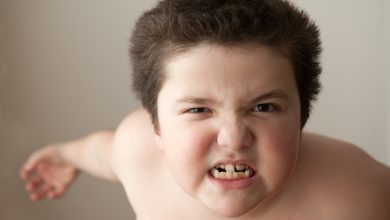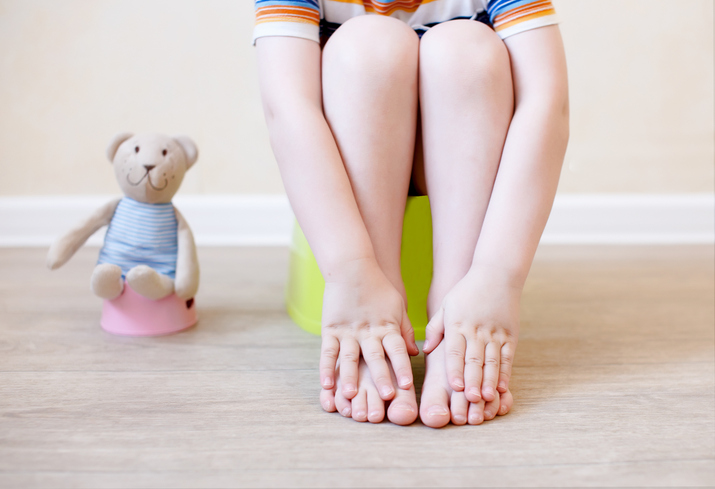Discipline Resources
Spanking Your Child
Why All the Fuss? 
Should parents spank their children? Does it really damage children? While many of you can verify from experience that spanking wasn’t an issue for your parents, today there is a lot of debate over it’s use. The opinions range from politicians who advocate it should be prohibited by law, to child experts who argue it has its place in parenting. How could a universally used child management technique cause such debate? And if experts can’t agree, how can a parent make a responsible decision?
This article will discuss the effectiveness of spanking as a child management technique. While most parents agree children need limits, structure and guidance, there is a difference of opinion when it comes to how parents can best achieve this. Some parents believe in a more educational approach to disciplining their child, explaining to their children the ‘why’s’ of discipline. Other parents believe physical punishment is an acceptable technique to help children learn socially acceptable behaviour.
Berger (2001) states that most parents in America, Asia, Africa, and South America still believe spanking is acceptable, legitimate and necessary at times. A recent CHILD magazine survey (2,441 parents responded) found that only 4% of parents thought spanking was an acceptable discipline technique, but 20% admitted they used it on a regular basis.
Two Insights
There are two important insights to guide parents in the use of child management techniques.
1. Parents need to understand why a child misbehaves. It’s not a child’s intention to deliberately annoy and ‘push their parent’s buttons.’ While you might think your child is quietly scheming, “Let’s make Dad & Mum’s life hell,” the reality is their misbehaviour is a signal that something needs attention – that’s the real motivation behind misbehaviour.
2. The second insight is any discipline technique should work in harmony with how your child naturally learns. It’s not rocket science to realise the futility of using a discipline technique that conflicts with how your child learns. The word ‘discipline’ comes from the Latin word disciplina, meaning instruction or method. When you discipline a child it should teach them something.
How Children Learn
Drs. Brazelton and Greenspan, renowned child experts, argue, “All learning, even limits and structure, begins with nurturing care, from which children learn trust, warmth, intimacy, empathy, and attachment to those around them.” Children have an inner drive to please their parents. Even the defiant, aggressive child wants their parent’s approval. Children’s behaviour comes from how they feel. Well behaved children feel loved, valued, and that they belong. Inside of them is this reservoir of positive regard for their parents. Thisprovides the motivation for them to do what the parent requires. They want to please their parent and they will resist losing that feeling of positive regard.
Conversely, if a child feels bad, they will act badly. Emotions cause behaviour; Positive emotions result in positive behaviours, negative emotions result in negative behaviour.
How your child feels about himself/herself has profound implications for their behaviour. If a child feels their parent thinks they are ‘bad,’ what’s the point of trying to learn to do things differently? Why try to please a parent who thinks you are bad? That’s why any child management technique must be based on nurturing care. If your technique causes your child to feel they are bad, there is no sense of loss, or disappointment, to motivate them from the inside to change their behaviour. The real secret of effective parenting is to use techniquesthat help your child feel they are intrinsically loved and valued, even when they misbehaviour. Your child is always valuable, even when their behaviour is bad. It’s the behaviour that’s bad, not the child. How effective then, is spanking as a child management technique? Is punishment a useful technique to teach children appropriate behaviour?
Here are some research findings.
Children learn by modelling, and spanking models aggression. Dr. Albert Bandurra, the Social Learning theorist, argues that any physical punishment provides the child with a powerful model of aggression. A child learns that if their parents can use force to control, they too can use force to achieve their own purposes in other situations. Parents often hit a child in response to their aggression. Yet, the punishment models the aggression that the child is being punished for! We live in a violent society and we give a wrong message to our children when we use force to settle issues.
It causes children to become aggressive. Martin (1975) concluded from a research study that children who were harshly punished at home were more likely to be aggressive with other children and teachers. Further, children, especially boys, who were harshly punished were more likely to become antisocial delinquents in adolescence. While spanking is hardly ‘harsh punishment,’ it does indicate though, that there is a relationship between physical force and child aggression.
Empathy is an important aspect of healthy development. Your child doesn’t learn to be empathetic by being told to be nice to others. Children learn it when they see their parents model it through patient listening, and helping their child understand how others feel. “Children must experience adults doing for them what we expect children effectually to do for themselves and others,” says Drs. Brazelton & Greenspan.
Studies indicate that a child who is punished soon learns to avoid the punitive parent, thus reducing the parents opportunity to correct inappropriate behaviour. Physical punishment can lead to repressed anger that later gets expressed as teenage rebellion. Spanking is more likely to suppress, rather than change your child’s behaviour. This can give a parent a false sense of security. A young child can be physically, or verbally forced into submission. The child’s resulting compliant behaviour leads the parent to think the technique has been successful. While it might have stopped the inappropriate behaviour, the underlying repressed anger and resentment can later be expressed in rebellion.
The purpose of discipline is to teach your child self-discipline. Discipline is teaching, not punishment. And the primary goal of parent teaching is to raise a child who learns self-control. Smacking is a reactionary technique that acts as a quick fi x – but quick fi xes are superfi cial and ineffective long term.
Research has also discovered that children who are punished seldom associate it with the behaviour for which they are being punished. It is reasoned that the anger of the punishing parent is a stronger factor in the situation than the misbehaviour itself. The child tends to associate the punishing parent with pain, rather than the wrong behaviour.



